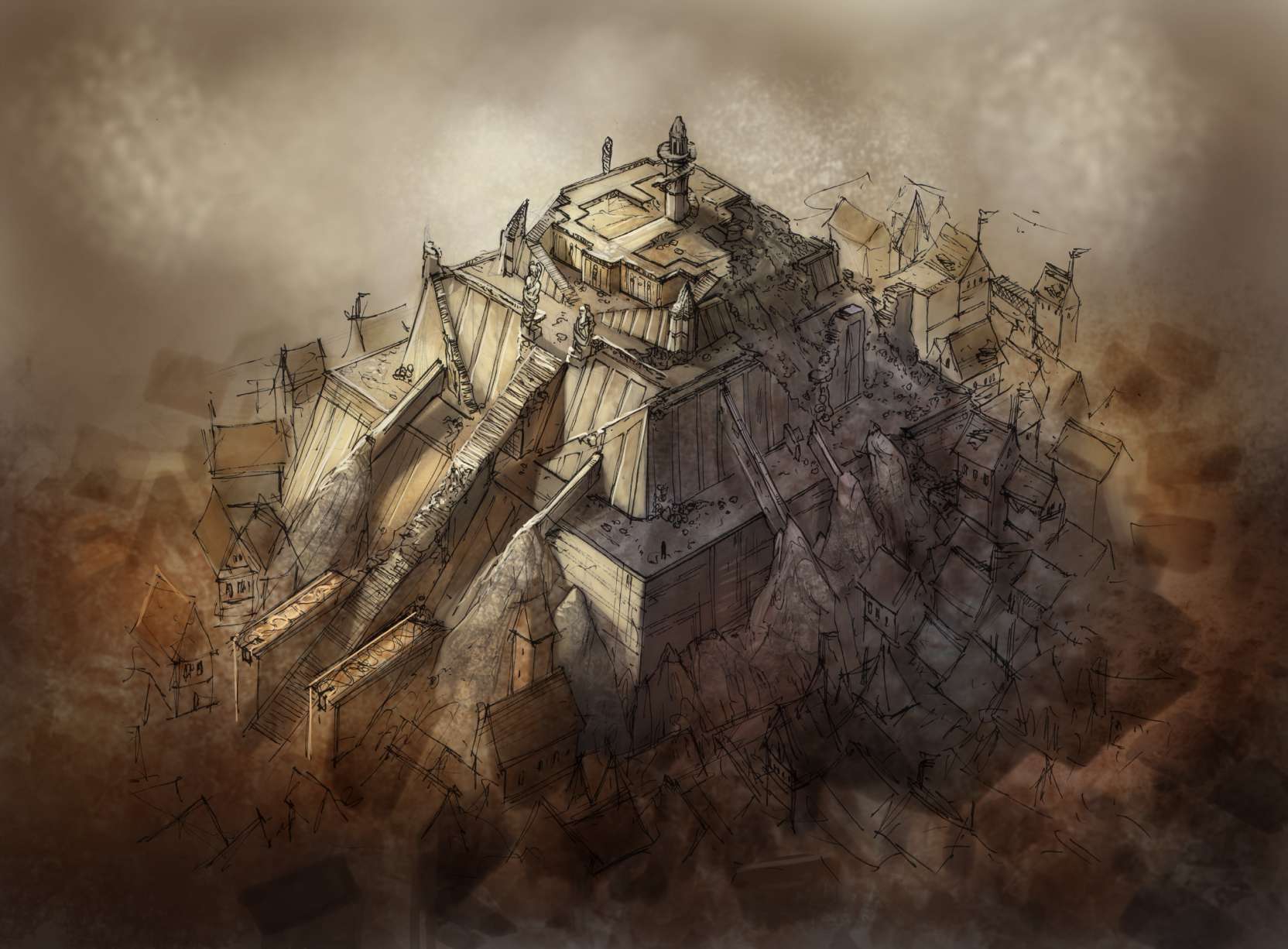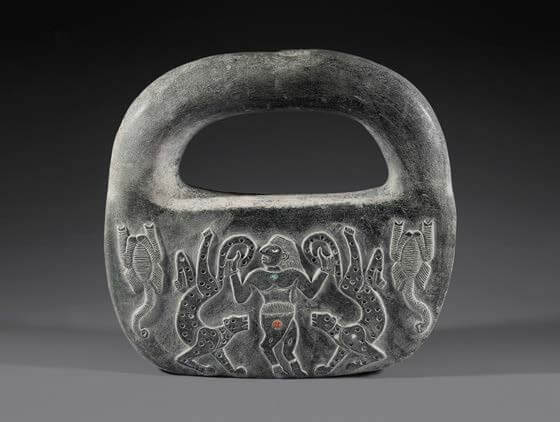
The 4,500 Year Old Ancient Civilization of Jiroft
The Konar Sandal remains were exposed after flooding in 2001 near Jiroft in Iran. Sheltered by towering, rugged mountains on three sides, this hidden jewel was revealed to be a sprawling Bronze Age urban settlement, built by a magnificent kingdom whose existence had been previously excluded from the annals of history.
In the arid plains of south-eastern Iran, nestled along the banks of the Halil River, lies the ancient city of Jiroft. Once a bustling metropolis, Jiroft was the centre of a sophisticated civilization that flourished between 2500 and 1700 BC.

The people of Jiroft were skilled artisans, producing exquisite works of art in gold, silver, copper, and stone. Their craftsmanship is evident in the intricate designs and delicate details of their jewellery, sculptures, and vessels.
The Jiroft civilization was also a major trading centre. Evidence suggests that they traded with Mesopotamia, the Indus Valley Civilization, and Central Asia. This trade network allowed them to acquire a wide range of goods, including luxury items such as lapis lazuli and carnelian.
Stunning 2,700-Year-Old Sculpture Unearthed In Iraq
The Jiroft civilization mysteriously declined around 1700 BC. The reasons for their decline are unknown, but some believe that it may have been due to climate change or conflict with neighbouring groups.
Despite their relatively short lifespan, the Jiroft people left a lasting legacy. Their artistic achievements are a testament to their creativity and skill, and their trade network helped to connect the ancient world. The Jiroft civilization is a reminder that there are still many mysteries about the ancient world that we have yet to solve.
* * *
NEXT UP!
Bison In Canada Discover Ancient Petroglyphs, Fulfilling An Indigenous Prophecy
The elders of the Wahpeton Dakota Nation had long prophesized that the return of the plains bison to their ancestral lands would portend a welcome turn of events for Canada’s First Nation peoples. They may not have known, however, that it would take just eight months for this prediction to come true.
In December 2019, officials at Wanuskewin Heritage Park in the province of Saskatchewan reintroduced bison to the region more than a century after the animals were hunted to near extinction. The following August, the herd’s hooves uncovered four petroglyphs, or rock carvings, and an accompanying tool used to create the ancient artworks.
* * *
READ MORE: Analysis of Ancient Teeth Questions Theory That Native Americans Originated From Japan
Interesting! Monument of Native American Hero “Crazy Horse” Slowly Taking Shape In South Dakota
Telegram: Stay connected and get the latest updates by following us on Telegram!
We’d love to hear from you! If you have a comment about this article or if you have a tip for a future Collective Spark Story please let us know below in the comment section.
